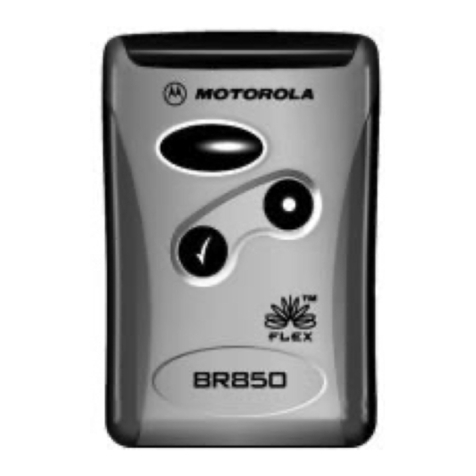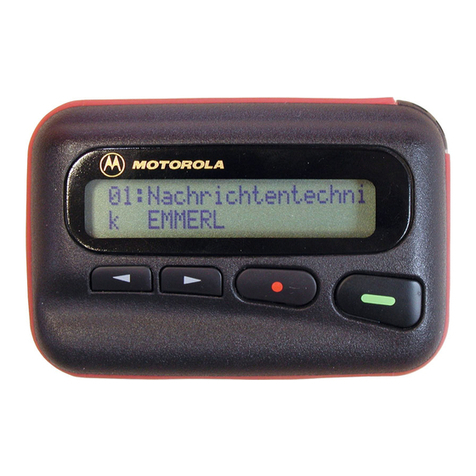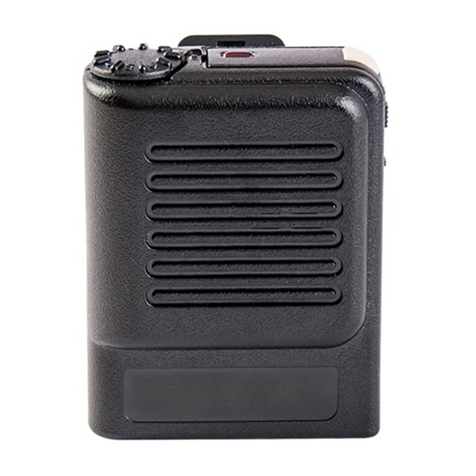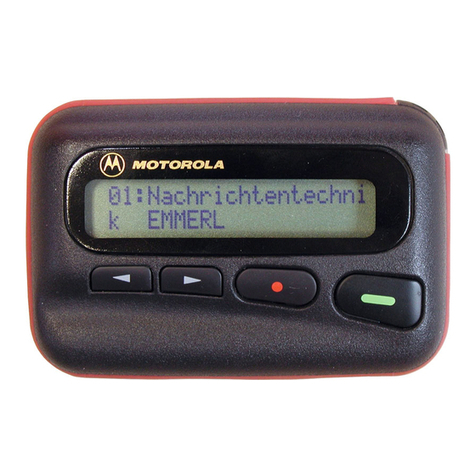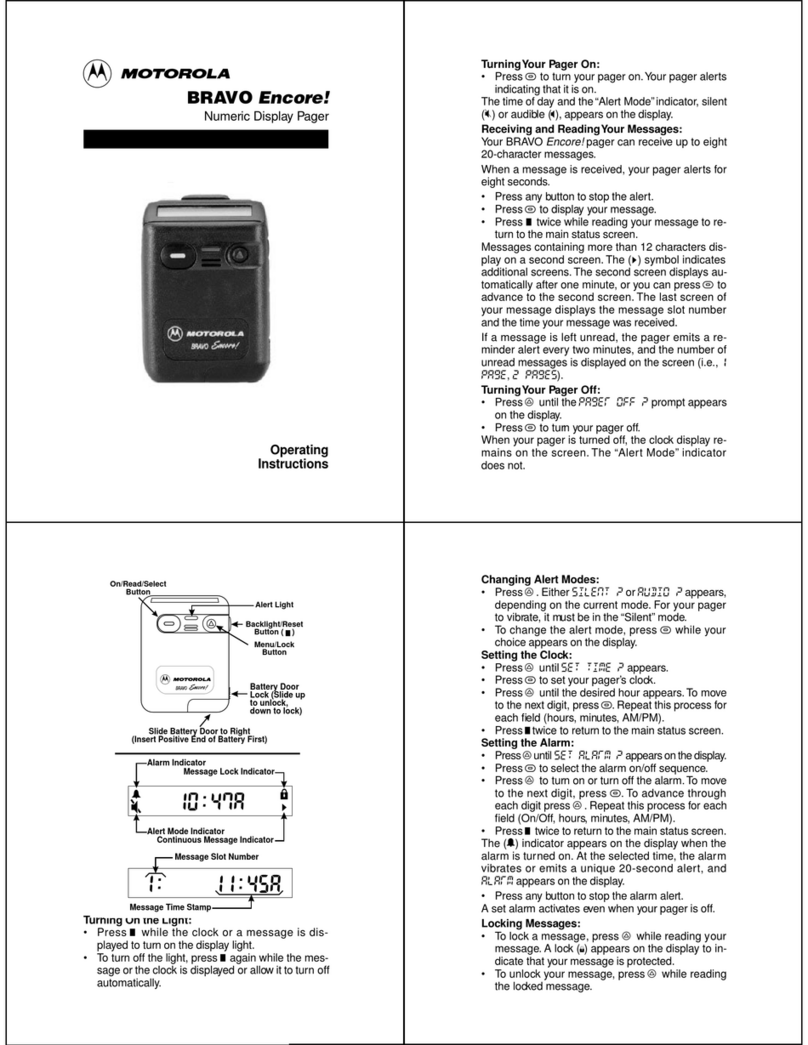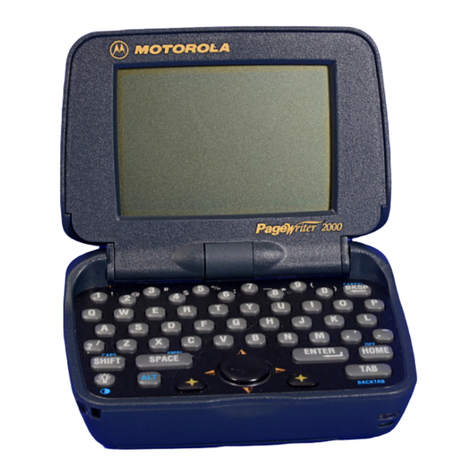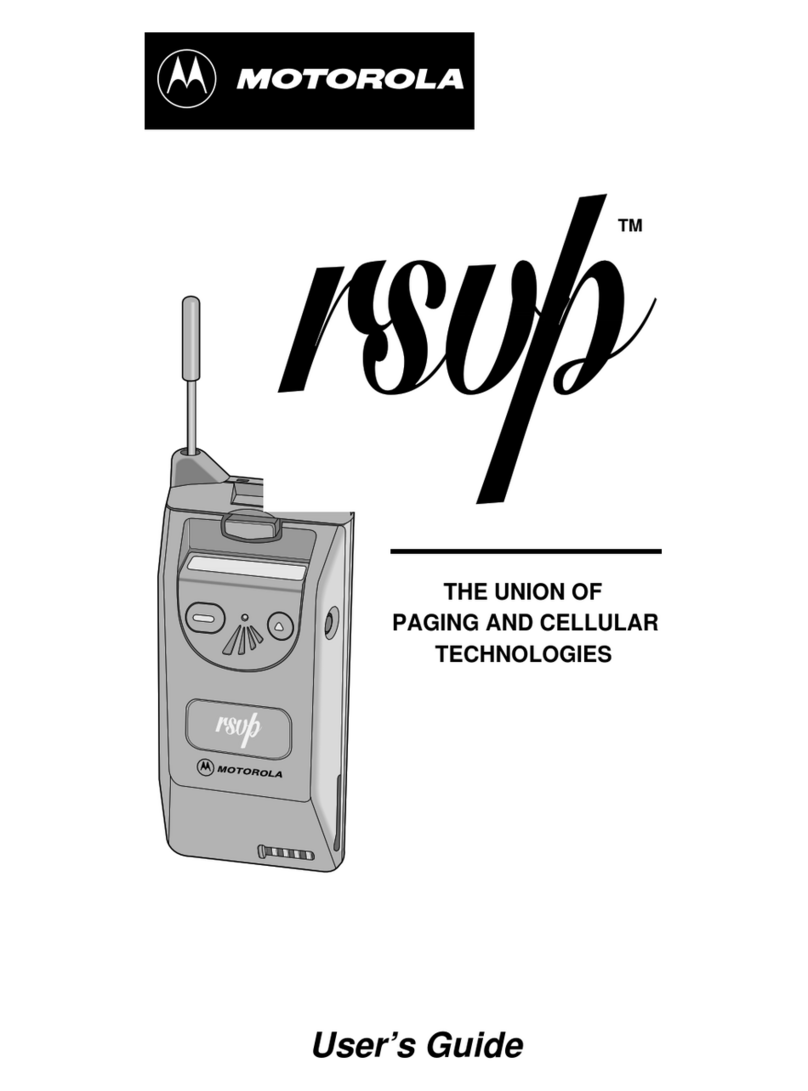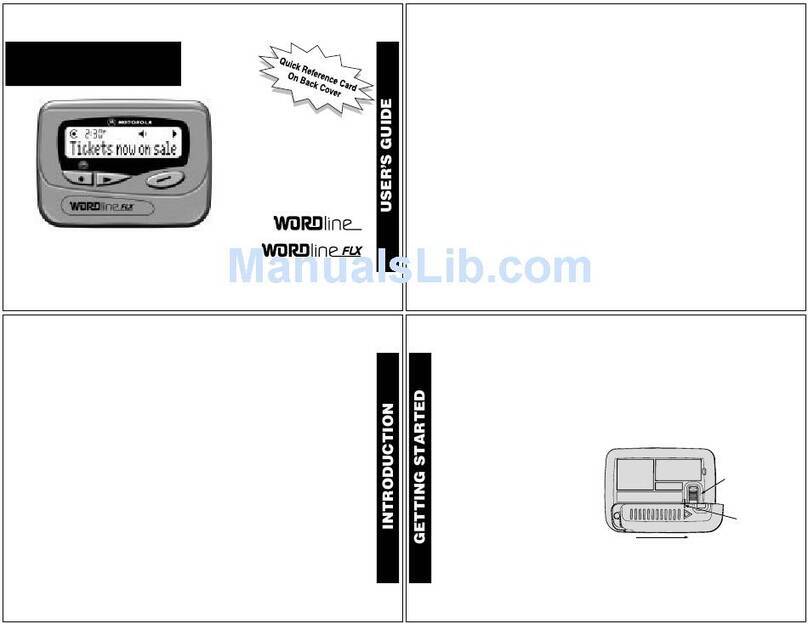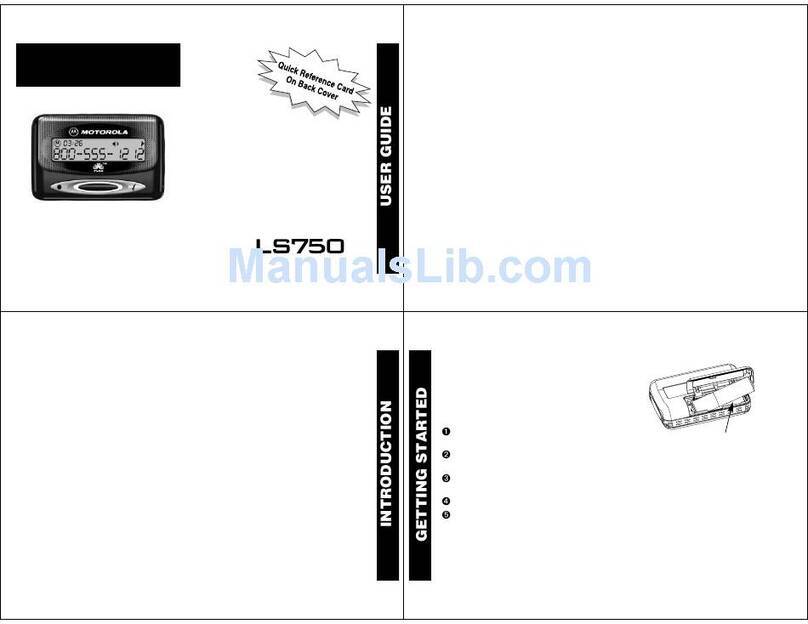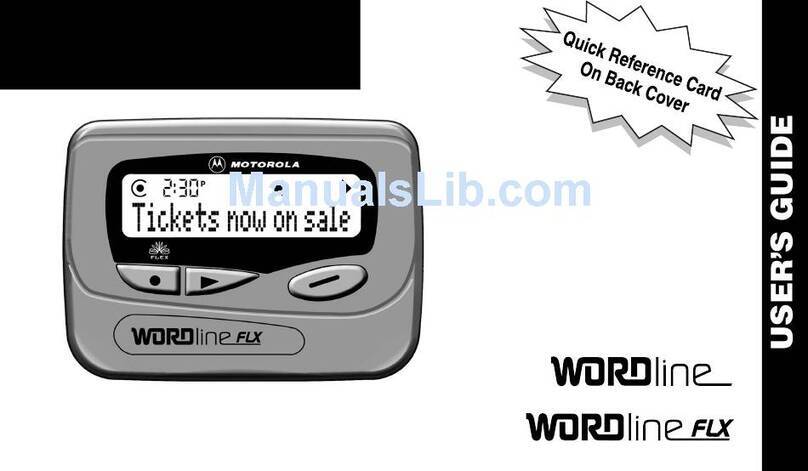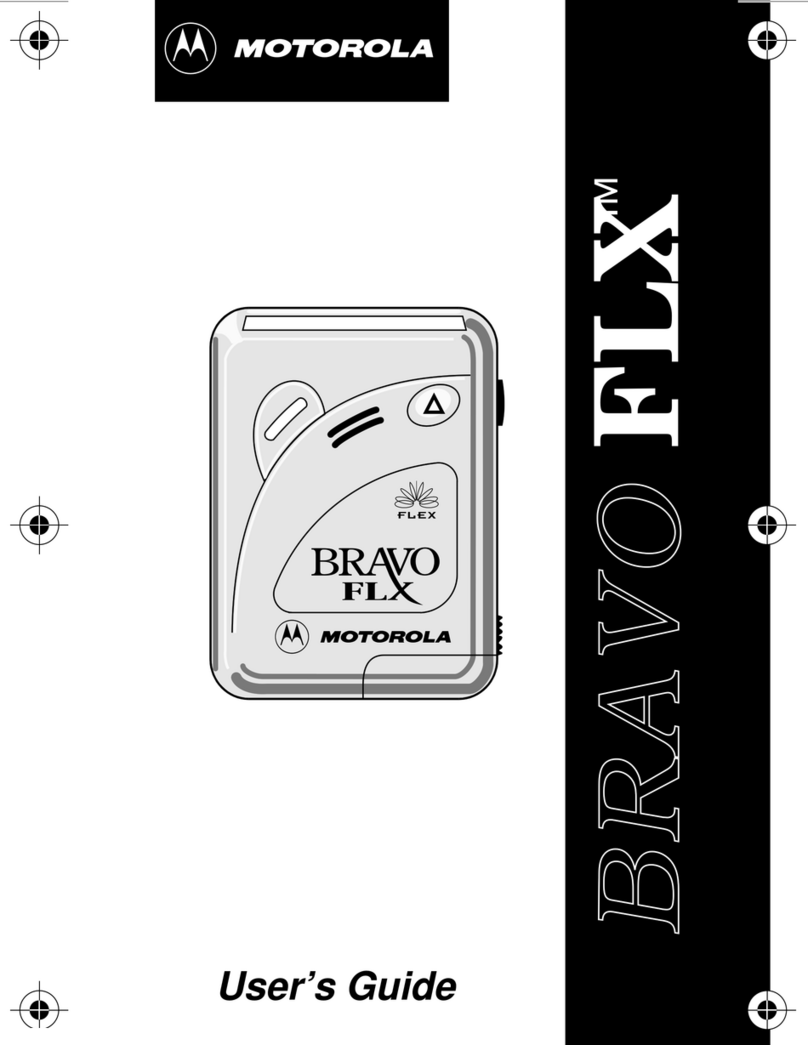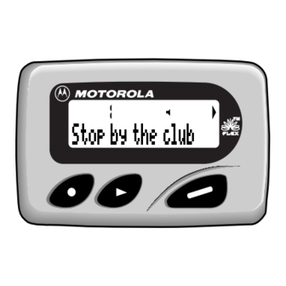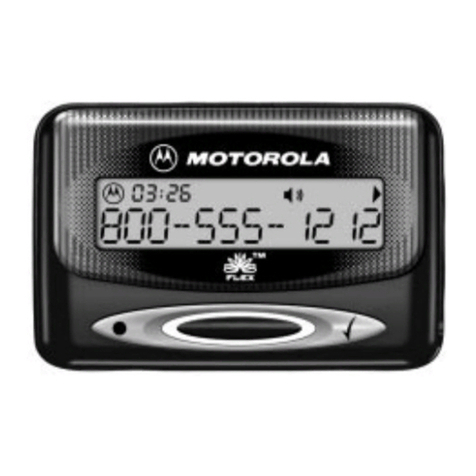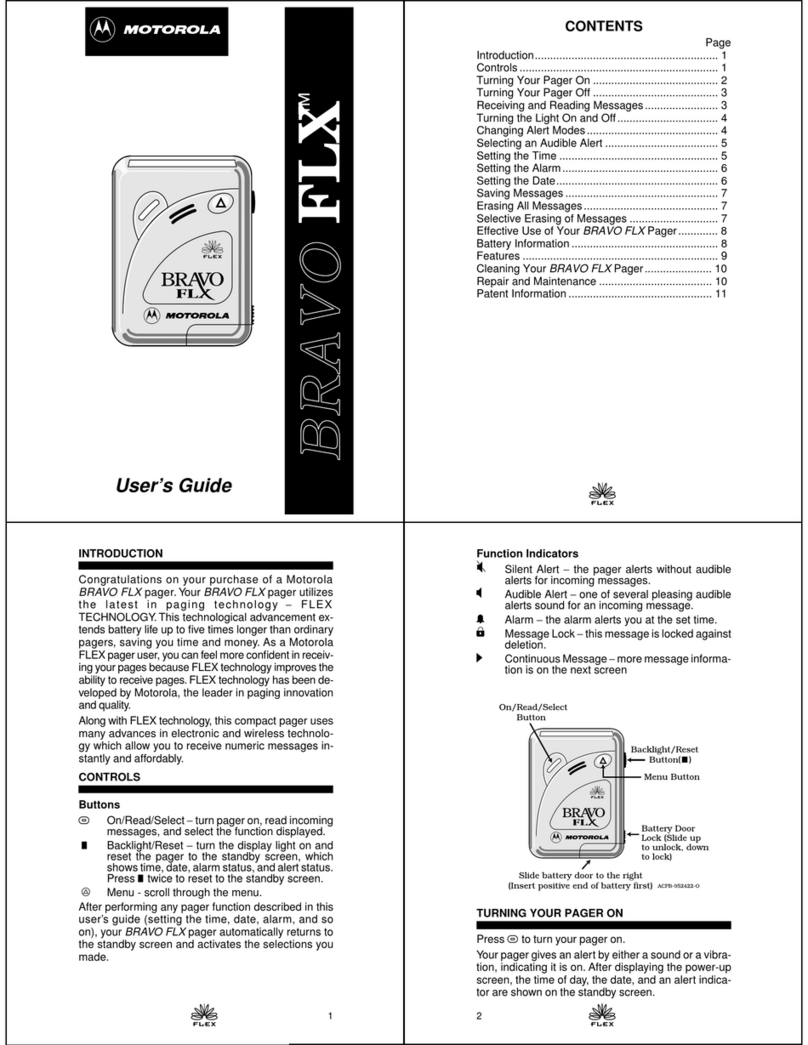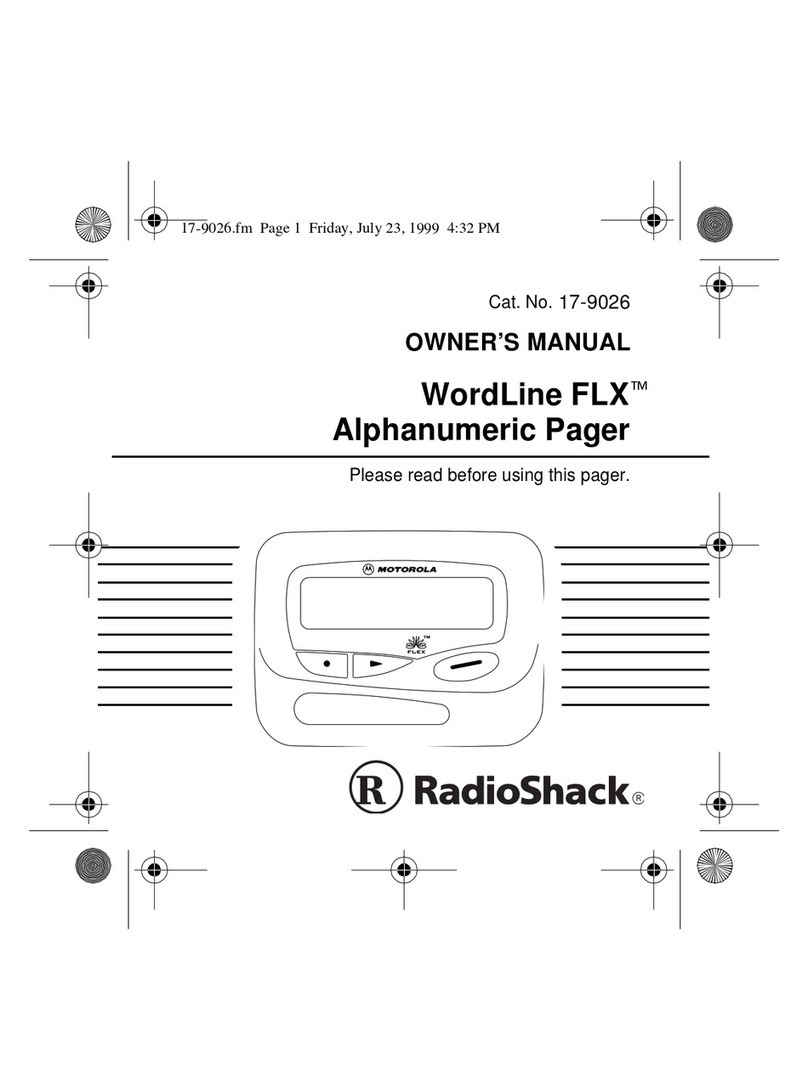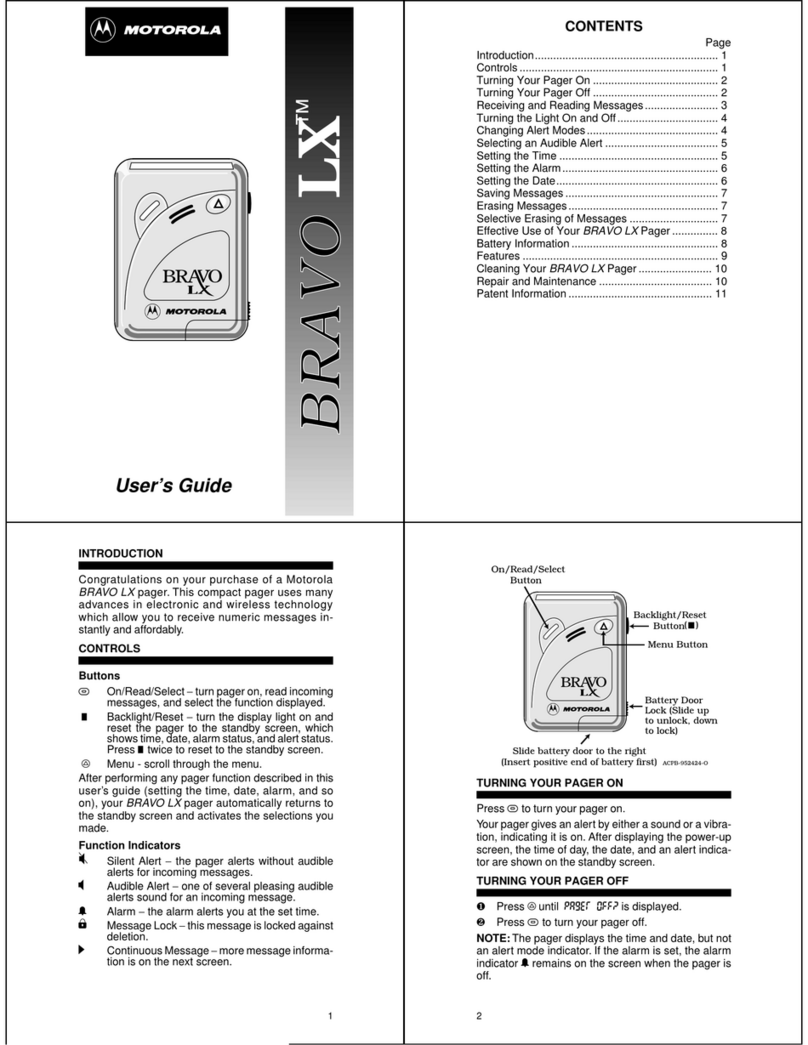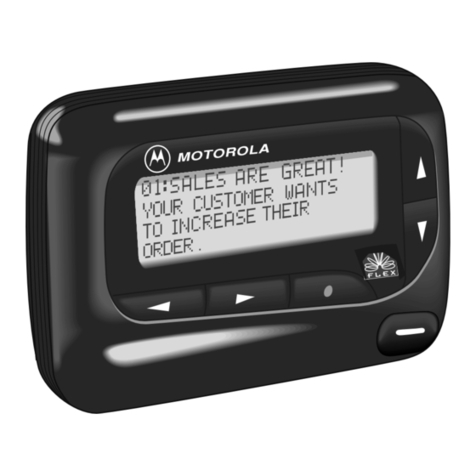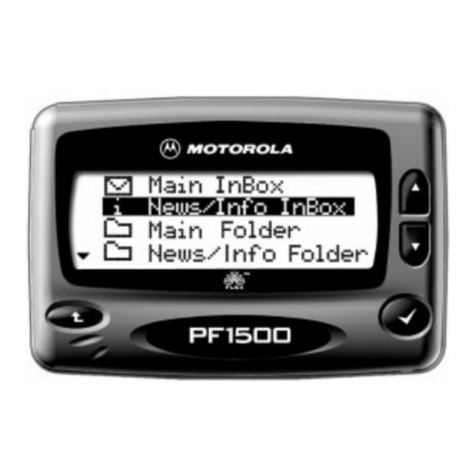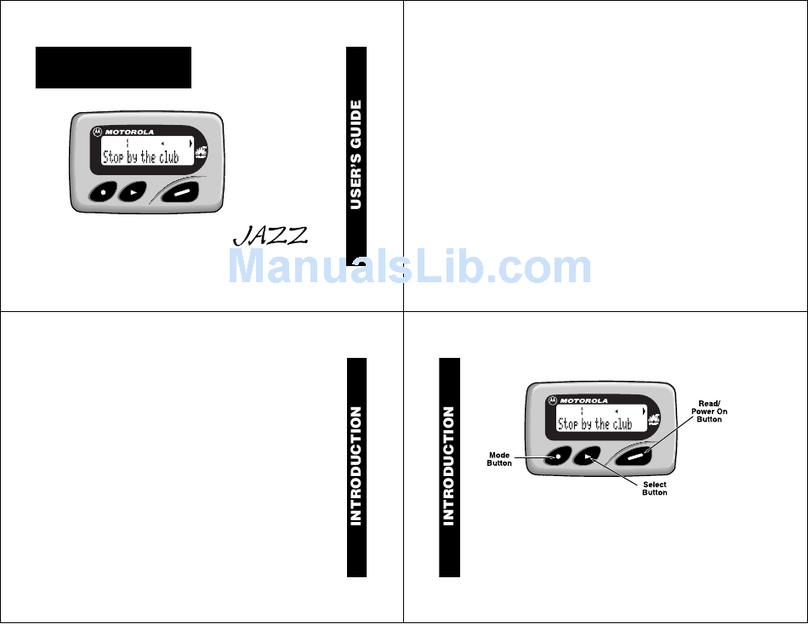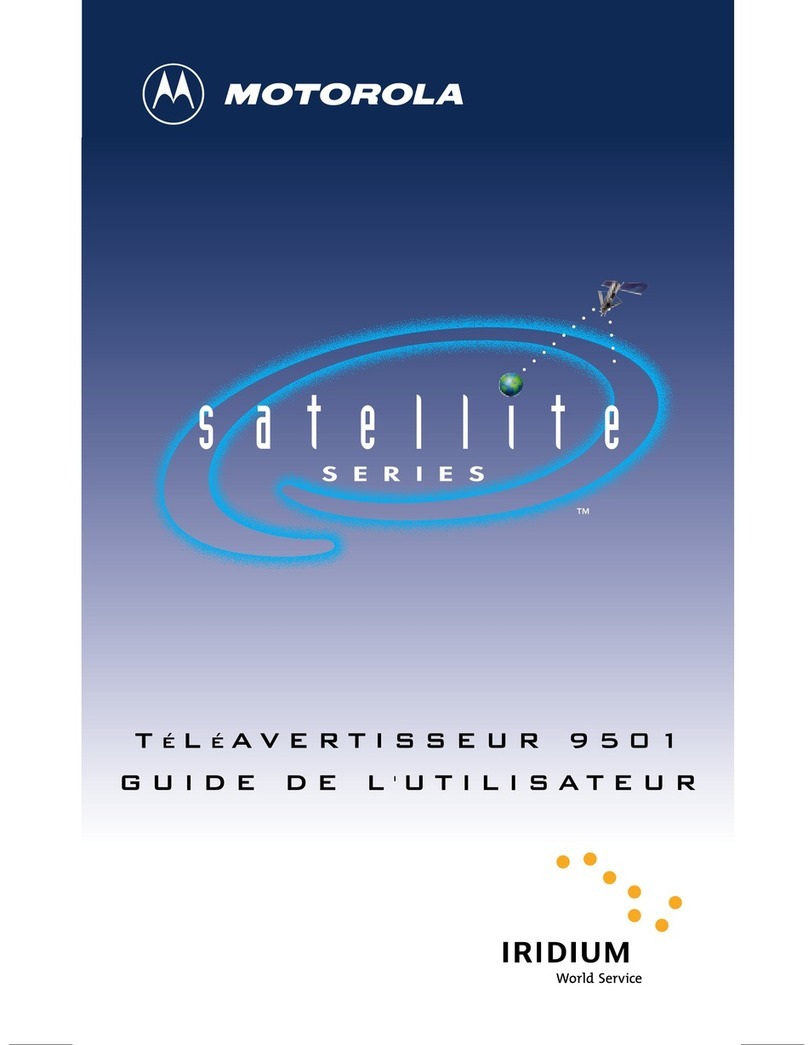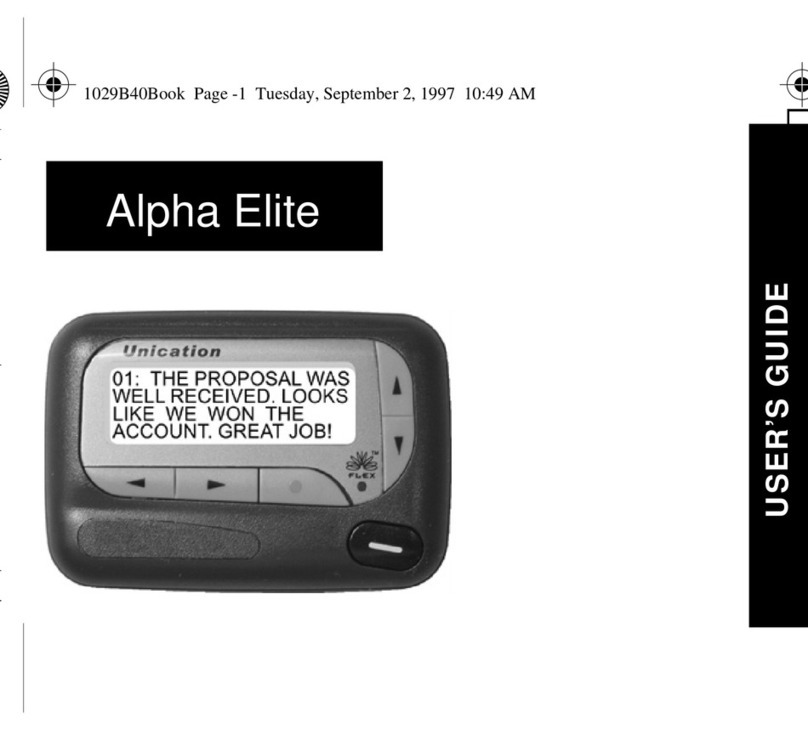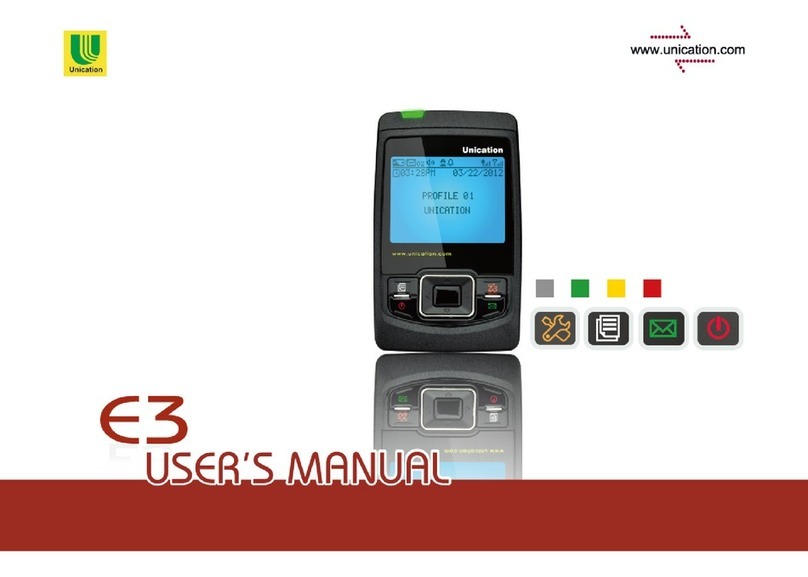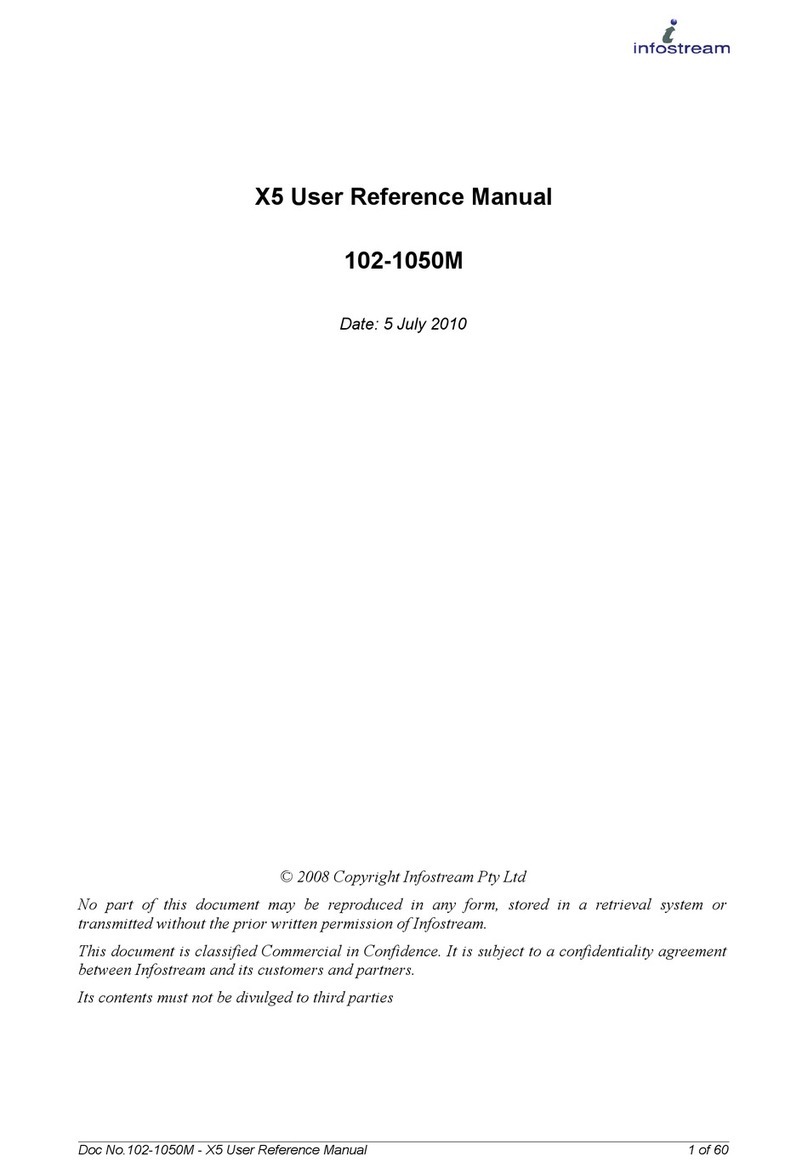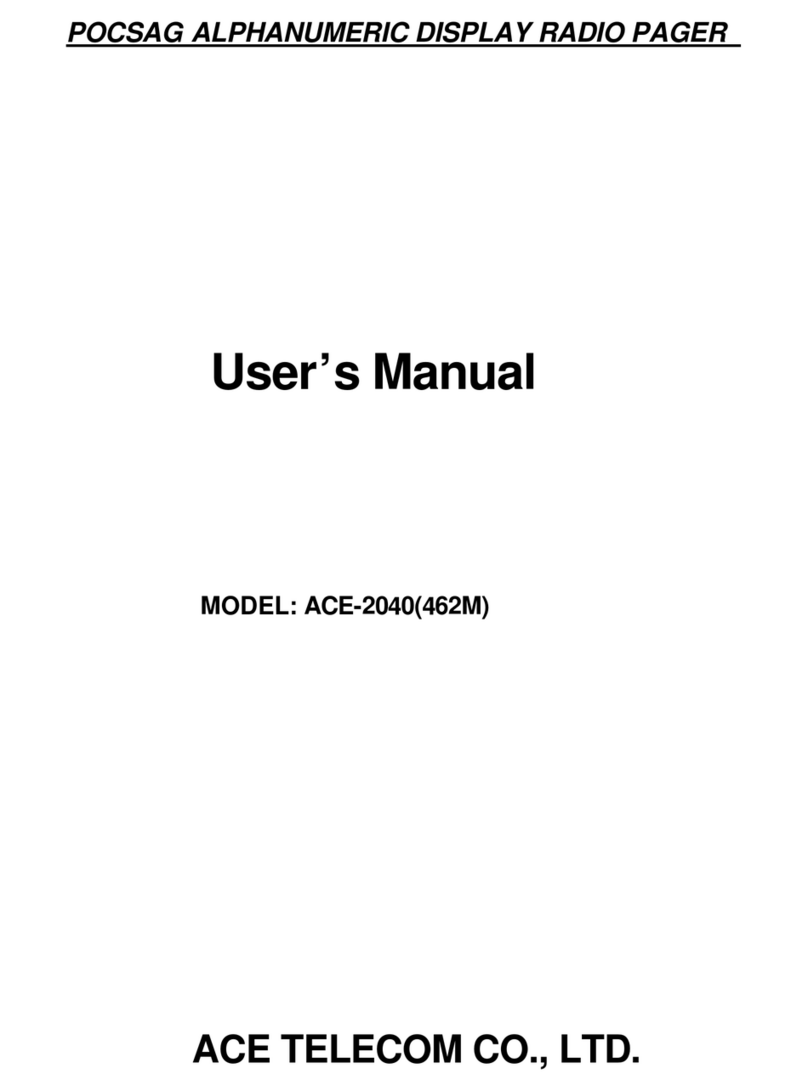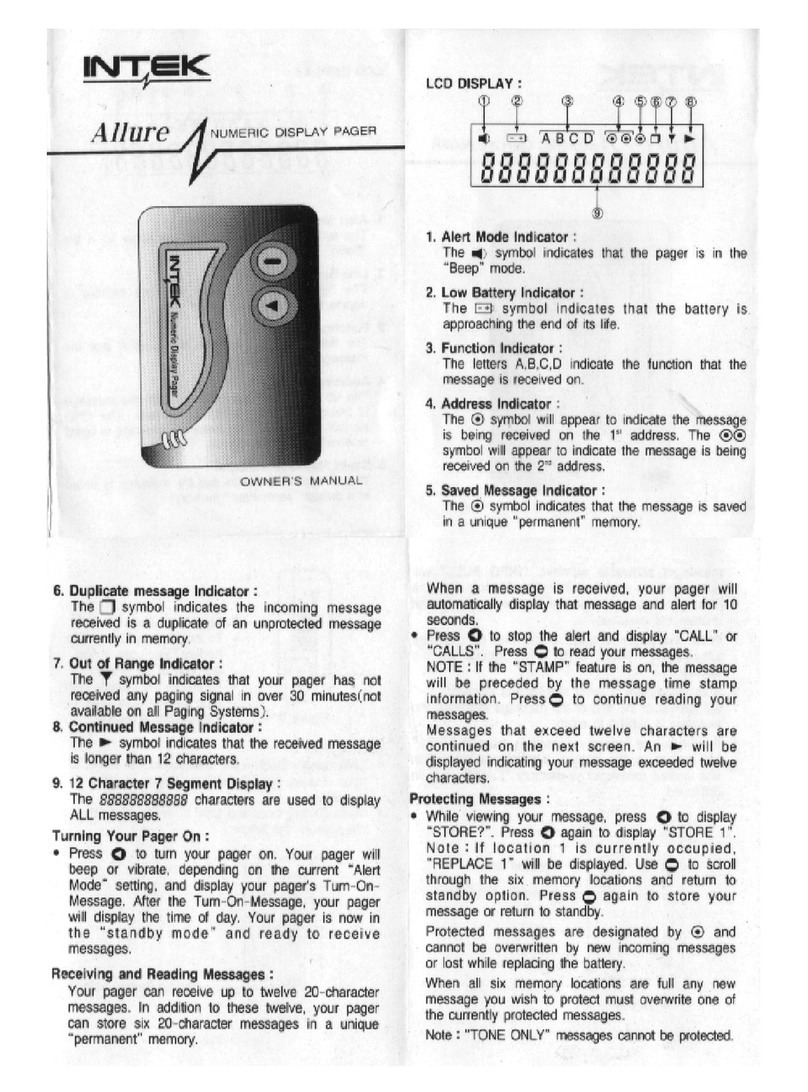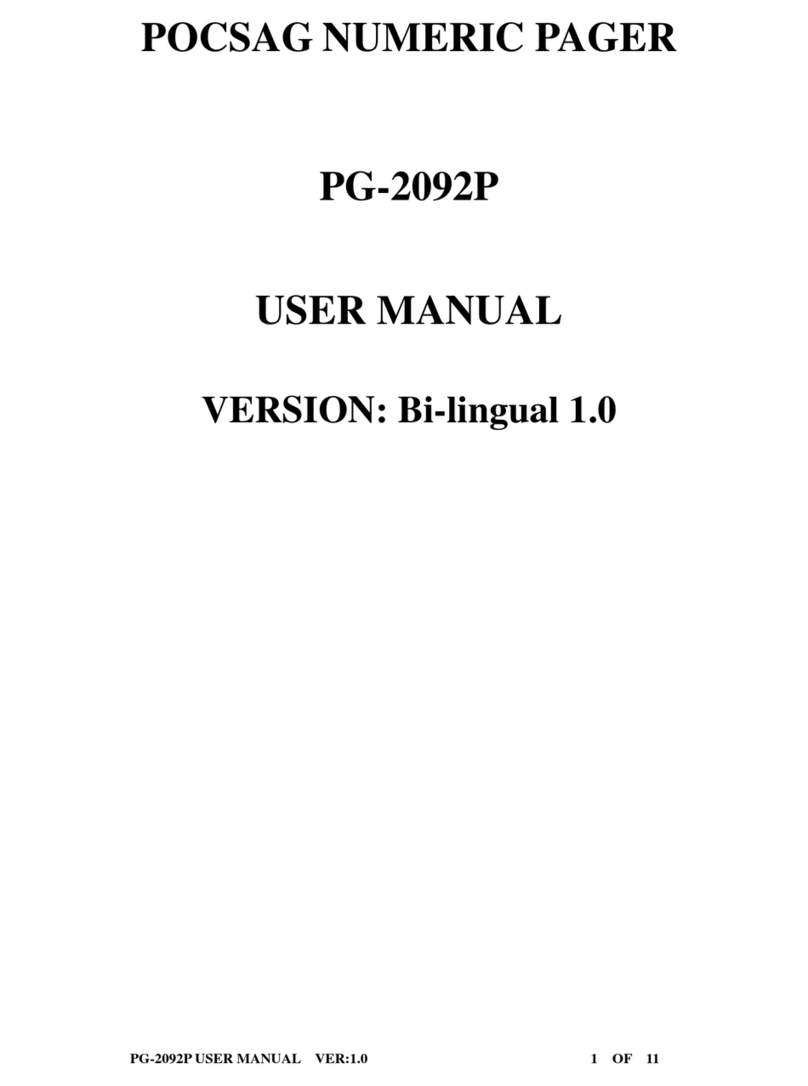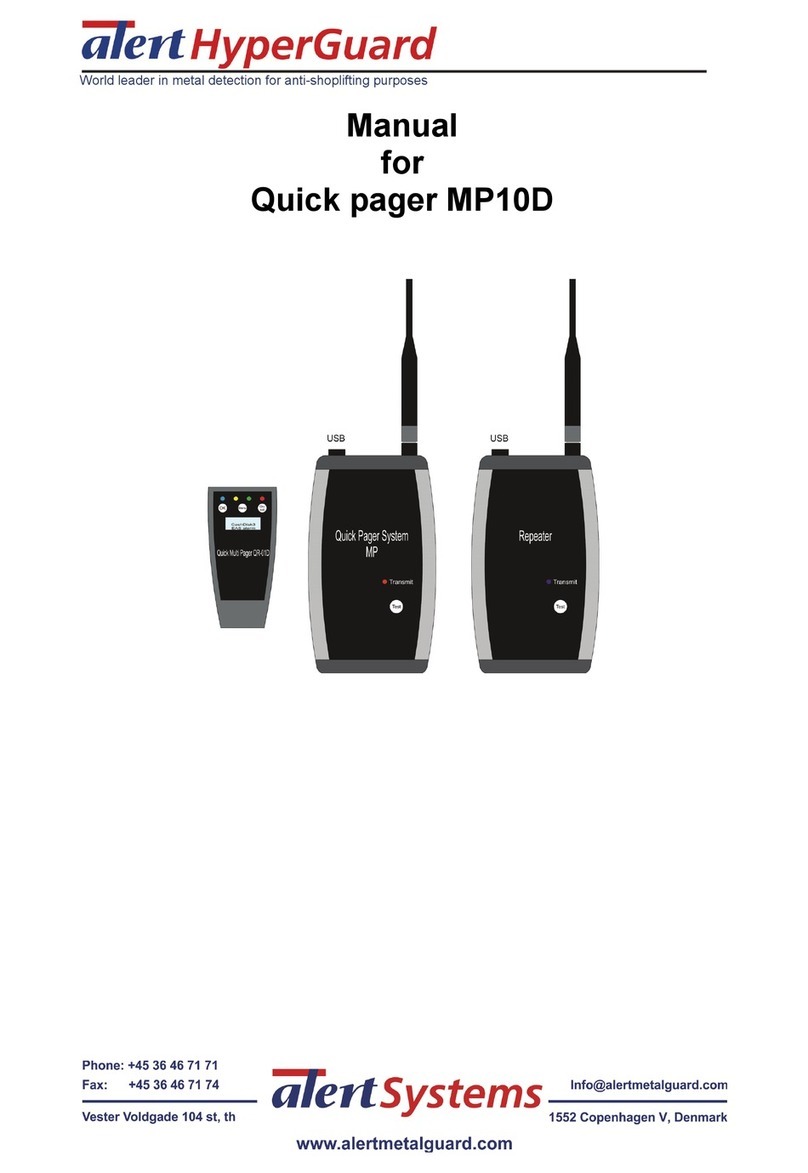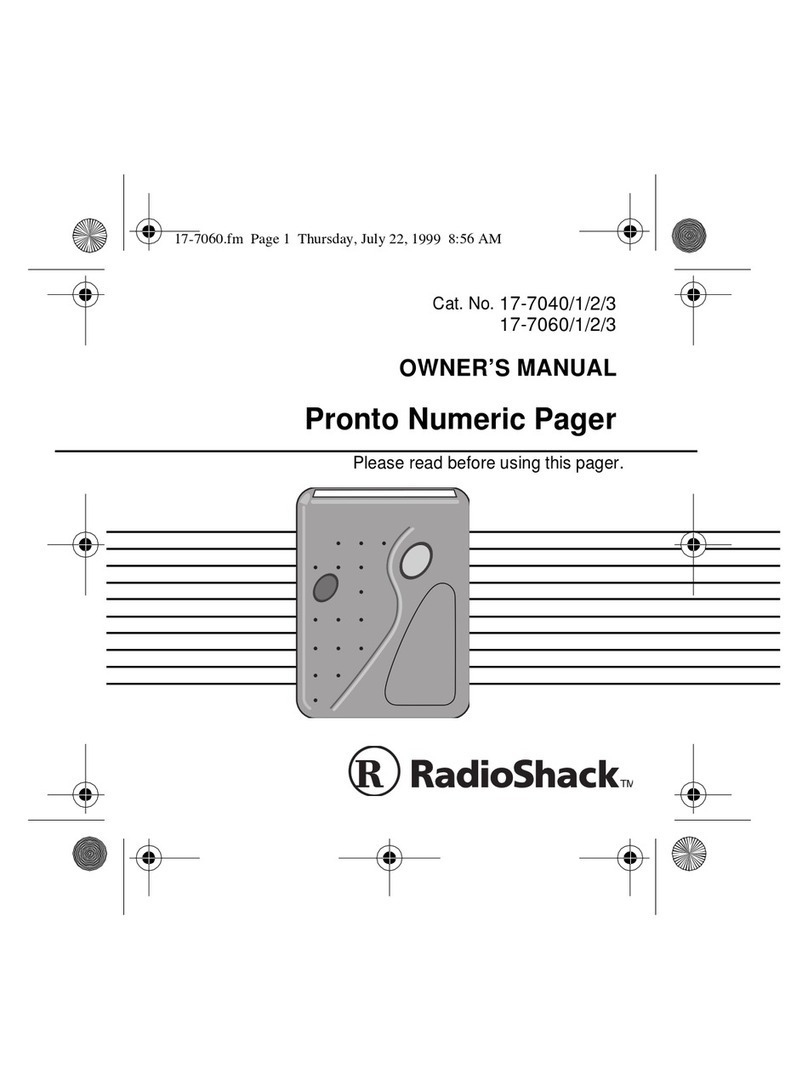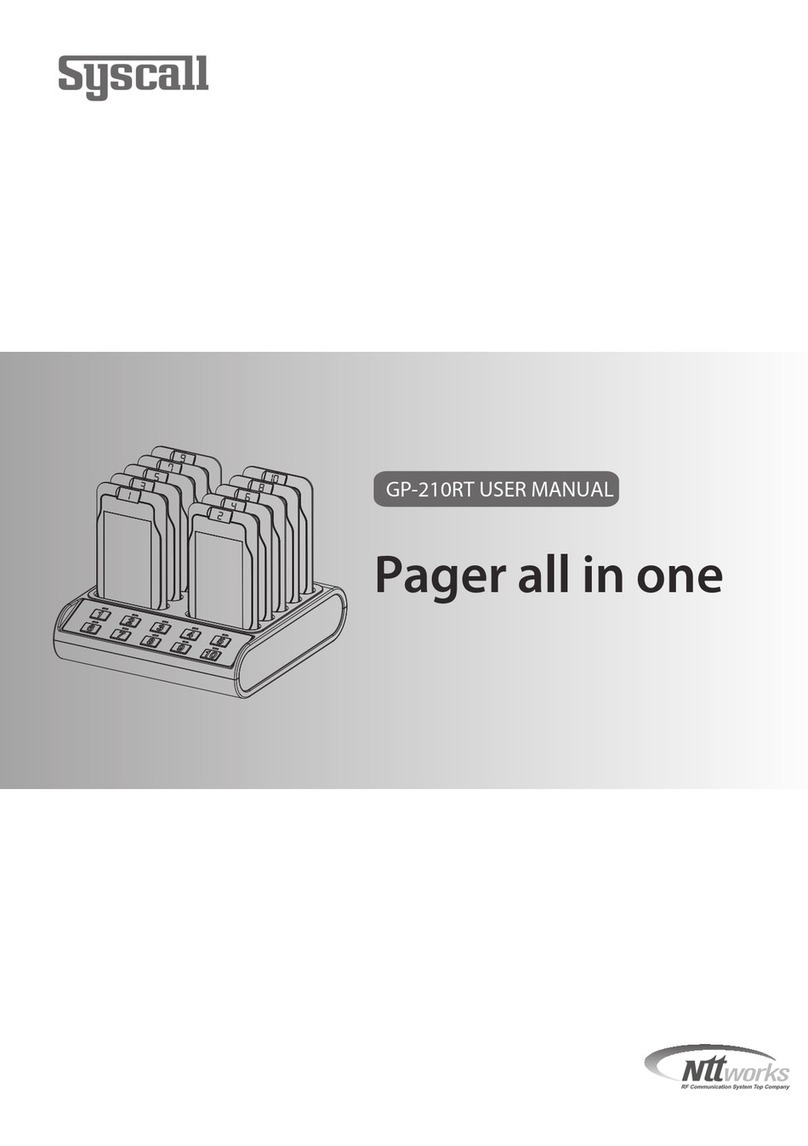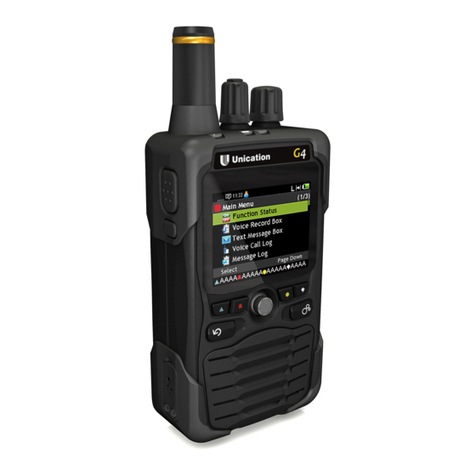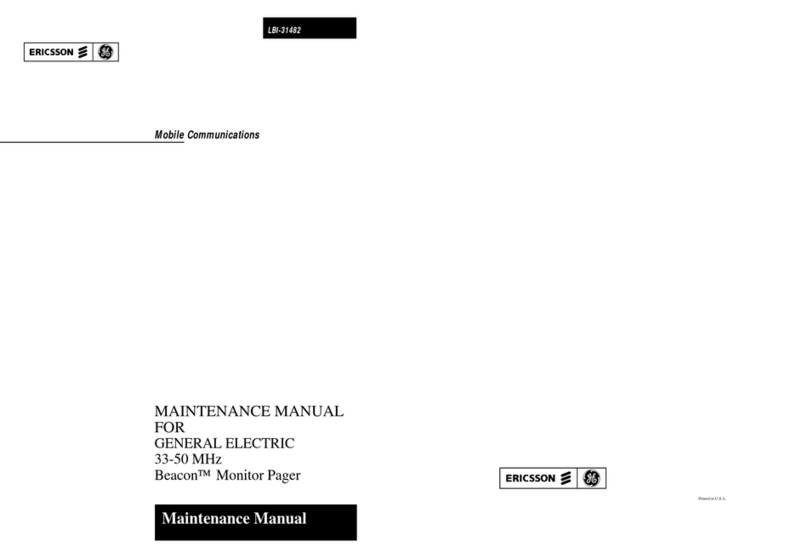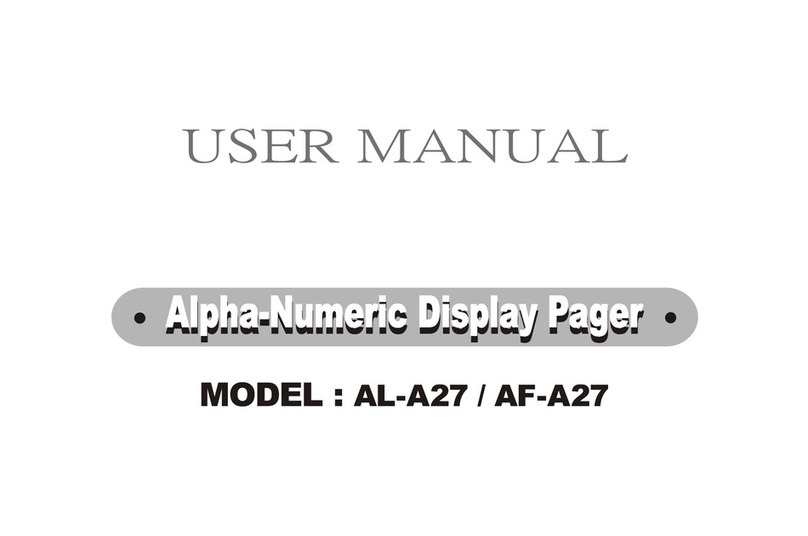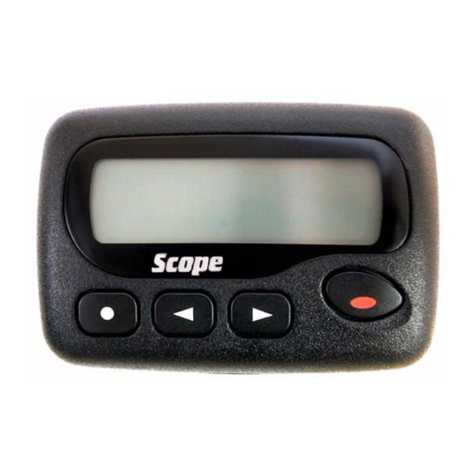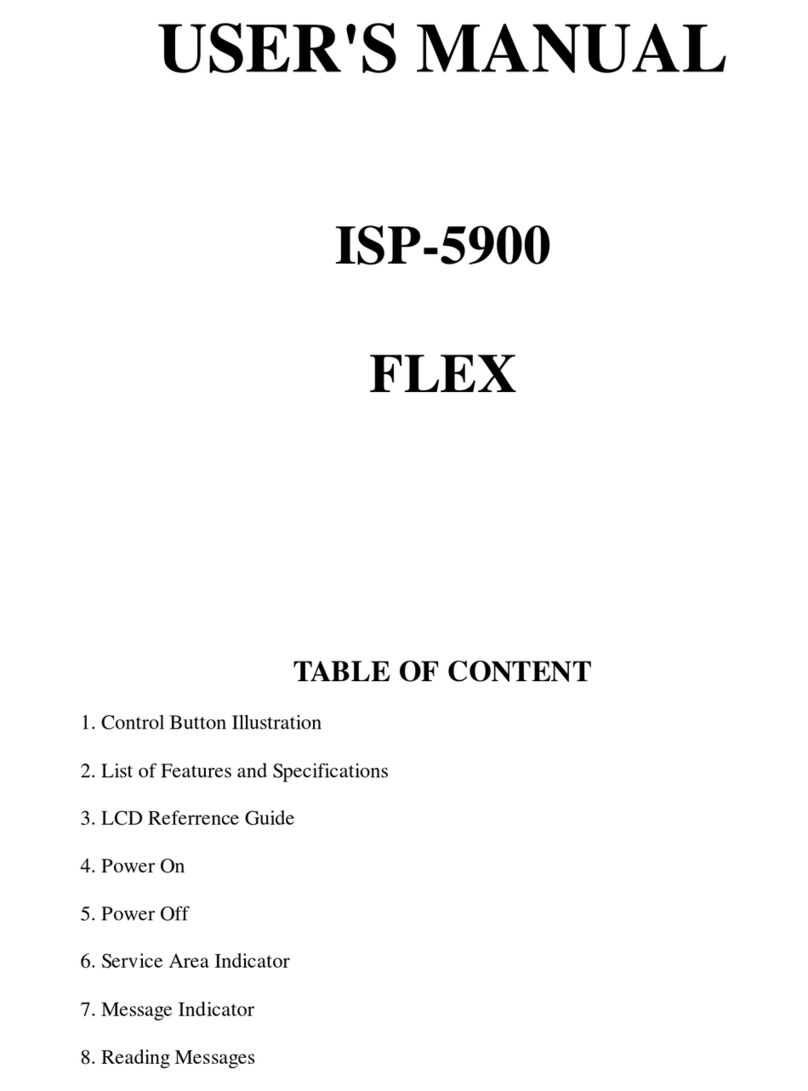FCC COMPLIANCE
33
FCC Compliance
This device complies with part 15 of the FCC Rules. Operation is subject to the
following two conditions: (1) This device may not cause harmful interference,
and (2) this device must accept any interference received, including
interference that may cause undesired operation.
This equipment has been tested and found to comply with the limits for a Class
B digital device, pursuant to part 15 of the FCC Rules. These limits are
designed to provide reasonable protection against harmful interference in a
residential installation. This equipment generates, uses and can radiate radio
frequency energy and, if not installed and used in accordance with the
instructions, may cause harmful interference to radio communications.
However, there is no guarantee that interference will not occur in a particular
installation. If this equipment does cause harmful interference to radio or
television reception, which can be determined by turning the equipment off
and on, the user is encouraged to try to correct the interference by one or more
of the following measures:
• Reorient or relocate the receiving antenna.
• Increase the separation between the equipment and receiver.
• Connect the equipment into an outlet on a circuit different from that which
the receiver is connected.
• Consult the dealer or an experienced radio/TV technician for help.
SAFETY INFORMATION
34
Safety Information
Read this information before using a wearable two-way paging device.
First introduced in 1995, the two-way pager is one of the most exciting and
innovative electronic products ever developed. With it you can stay in contact
with your family, your office, information services, and others.
For the safe and efficient operation of your two-way pager, observe these
guidelines:
Your two-way pager is a radio transmitter and receiver. When it is ON, it
receives and also sends out radio frequency (RF) energy.
The two-way pager transmitter operates in the frequency range of 896MHz to
902 MHz, and the receiver operates in the range of 929 MHz to 942 MHz. It
utilizes commonly used frequency modulation (FM) techniques.The unit
transmits at a power level of 0.15W for short periods of time (from 0.016 to
0.160 seconds). Transmissions occur infrequently and usually follow within a
few seconds of a page that has been received or when the unit is first turned on.
In 1991, the Institute of Electrical and Electronics Engineers (IEEE), and in
1992, the American National Standards Institute (ANSI), updated the 1982
ANSI Standard for safety levels with respect to human exposure to RF energy.
SAFETY INFORMATION
35
Over 120 scientists, engineers, and physicians from universities, government
health agencies and industry, after reviewing the available body of research,
developed this updated standard. In March, 1993, the U.S. Federal
Communications Commission (FCC) proposed the adoption of this updated
Standard. The design of your two-way pager complies with this updated
Standard.
You may choose to turn the transmitter in your two-way pager OFF at any
time. Refer to “Setting Transmitter Off Mode” on page 30.
Electronic Devices
Most modern electronic equipment is shielded from RF energy, however, RF
energy from two-way pagers may effect inadequately shielded electronic
equipment.
Check with the manufacturer or it’s representative to determine if the
following equipment or systems are adequately shielded from external RF
energy:
• Motor Vehicle electronic and entertainment systems (standard and any
add-on equipment).
• Medical Equipment, hospital or personal (such as pacemakers, hearing
aids, etc.).
SAFETY INFORMATION
36
Turn your two-way pager OFF in health care facilities when any regulation
posted in the areas instructs you to do so. Hospitals or health care facilities
may be using equipment that could be sensitive to external RF energy.
Aircraft
Current regulations prohibit the use of certain types of portable electronic
devices (PEDs) on board commercial aircraft, due to the potential for
interference with navigational and communications equipment.
• The following devices may not be operated at any time on aircraft: two-way
transmitting pagers; commercial two-way transmitters (walkie-talkies); and
devices designed to radiate RF energy on a specific frequency.
• The following may be operated when the aircraft is at the gate with the
boarding door open, or, at the captain’s discretion only, when the aircraft is
away from the gate during extended ground time: cellular telephones.
•Conventional one-way pagers may be operated at all times.
Blasting Areas
To avoid interfering with blasting operations, turn your unit OFF when in a
“blasting area” or in areas posted “Turn off two-way radio”. Construction crews
often use remote control RF devices to set off explosives.
